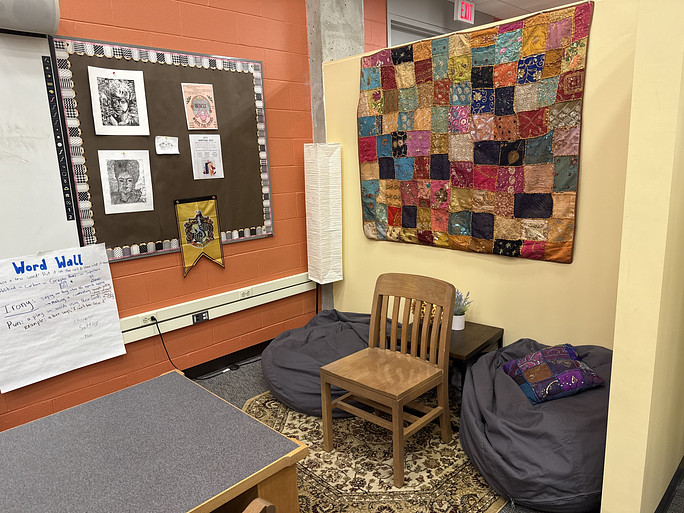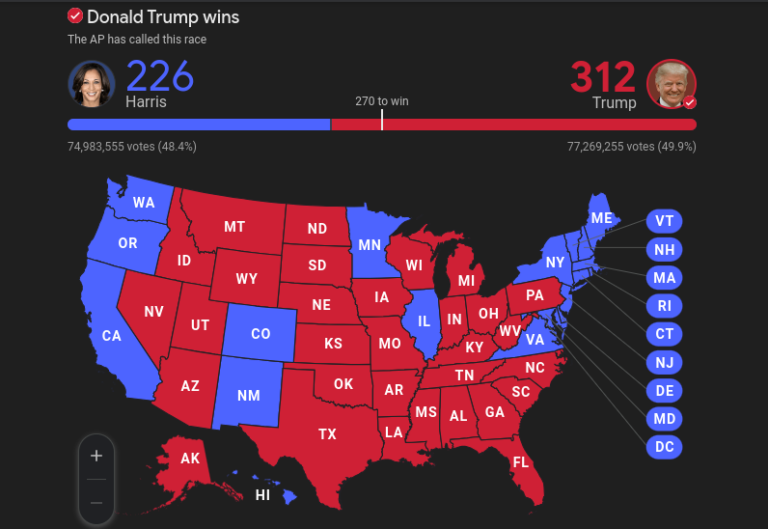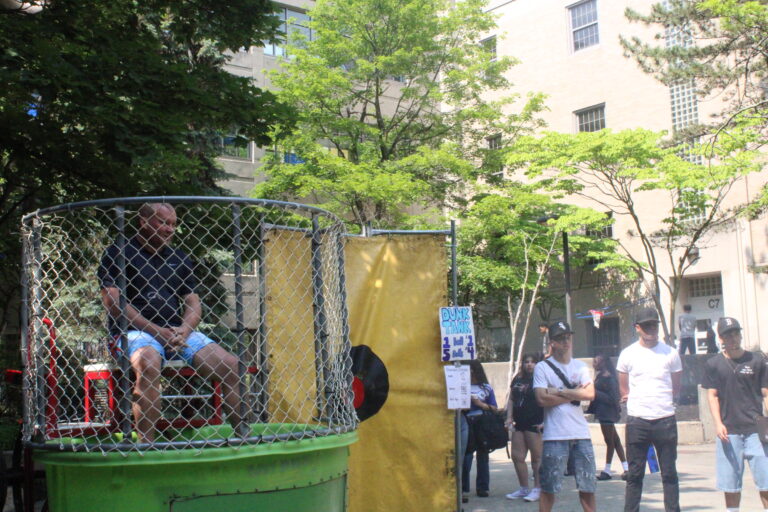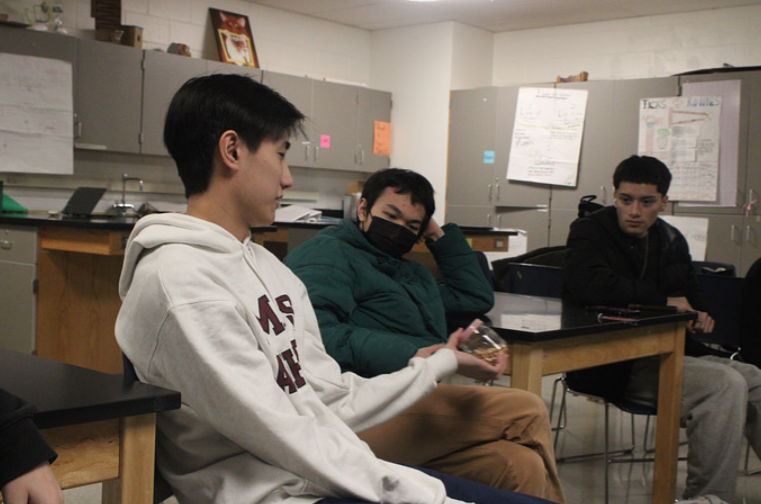
With Malden High welcoming the renewal of the Advisory program in the 2023-2024 school year, mixed opinions about its establishment have risen as the first semester comes to an end.
At the start of the year, students were assigned to a specific staff member to whom they would report every Gold day, excluding once every two weeks, on Wednesdays, when students would partake in “Joy” block.
For this Advisory period, teachers are provided with slideshows on social-emotional learning topics to present, while students are expected to participate in designated activities, including responding to writing prompts and playing interactive games with their peers.
As it progressed, academic advising would also take place several times throughout the year, intentionally adjacent to the release of progress reports and report cards. Educators are to meet one-on-one with students to provide guidance about their grades and help them make early interventions.
When the idea was first brought up in a meeting last year to fulfill accreditation requirements, English teacher Jennifer Clapp, who had observed several advisories at other schools, explained that the policy itself was a proven and valuable opportunity to foster connections between students and their communities.
“The value of it has really not been questioned,” she remarked.
Given its credibility, Malden High has attempted the program in the past. Previously, groups of students were significantly larger, ranging from 20 to 30 per teacher, and meetings were less frequent—factors which Clapp noted had demonstrated a need for clearer direction and structure.
It was hoped that, in this revised format, building a more consistent routine with smaller class sizes would improve the ability of students to bond with each other and staff.
Ideally, the Advisory committee wanted to introduce it in the spring of last year, “so that kids could actually have a say in who they might be interested in having as an advisor because when you bring it in as a new program, that’s usually a better way to do it,” Clapp anticipated. Since approval of the schedule came late in the year, though, this could not happen.
Still, the committee sought to focus their efforts on student needs. Following the COVID-19 pandemic, Clapp observed a decline in sociability: “A lot of people kind of lost or stopped developing those interpersonal skills… and we weren’t treating each other well.” She explained that this trend was consistent with annual YouthTruth surveys, conducted to determine the satisfaction and needs within a school: “Most students felt like the teachers treated them with respect, but most students didn’t feel like the teachers were treated with respect, which was kind of an interesting thing. But also, if you don’t know people, it’s hard to respect them.”
In an effort to tackle the issues highlighted by the surveys, the committee decided that the primary focus of the program would be community connection building, making good decisions, and working well with other people, as well as establishing a formal process in which all students would be known well by an adult in the building—not just academically, but as people.
Taking inspiration from resources through Wayfinder and observing the national standards for social-emotional learning, the committee worked over the summer to lay out lesson plans that would be ready for the first day of school.
History and law teacher Richard Tivnan praised the efforts of the committee, “I understand that it was a ton of work, and I’m very thankful for all of the staff that worked on it and made it a reality.”
Similarly, all interviewees recognized the intentions of the program and acknowledged its significance.
Yet in spite of its high ambitions and thoughtful curriculum, the Advisory block has garnered varying opinions on its effectiveness by both students and staff, most notably on a lack of participation, enforcement, and student choice.
“Advisory has the potential to be a positive addition,” sophomore Thomas Conti stated, “However, how it’s being run at its current moment just doesn’t satisfy the needs of any form of positive youth development.” Conti went on to describe that “it feels very loose, very disorganized, and even the teachers who do it seem as though they don’t really care that much.”
Tivnan, who shared a similar sentiment to Conti, expressed, “I understand the idea behind it.” However, he believes the program would be more effective with more natural conversation drivers, as he assesses that “the reason people aren’t doing it is because it just seems … not authentic.”
Junior Dante Federico shared similar thoughts. While he understood the intentions of the program were to create a comfortable environment for students to communicate with one another, “a lot of people aren’t necessarily comfortable or want to share their feelings and you’re kind of forced that upon you as it’s a part of the day… you need that higher level of trust and connection that you can’t really get with people you may not necessarily want to talk to.”
Senior Felipe Sathler corroborated what the others stated, “it’s very awkward and most people don’t want to get up and usually when we’re going around in a circle, a lot of people—a good five to seven kids—pass every time.”
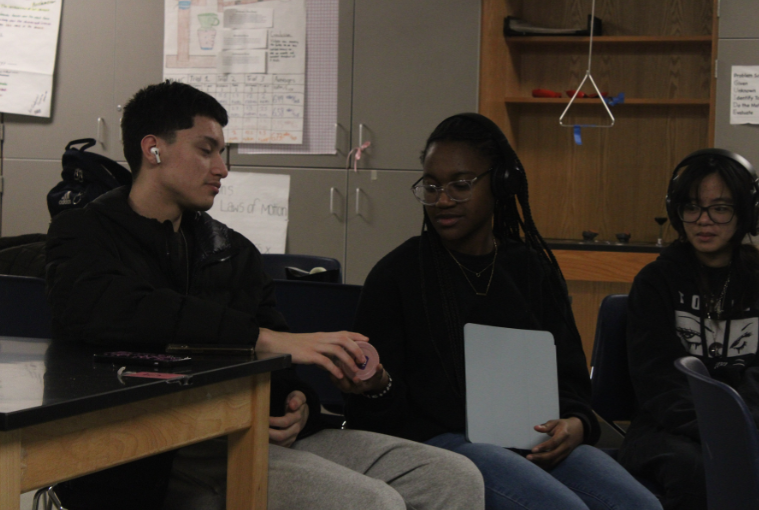
Despite the initial objective of fostering meaningful relationships between students, several expressed that they felt more connected in the previous system. Junior Beverly Tong spoke on this, explaining, “it was just a lot more fun and I feel like I did really get to do what I actually wanted and I got to hang out with the people that I like, which improved my attitude and my mood the rest of the day. And now that we got rid of it, things are more dull… we don’t really talk; it’s completely silent in that class.”
“Students are supposed to have someone that they are able to go to, yet they aren’t able to choose that teacher, which I think doesn’t sit right with me… and sometimes it would be a lot more beneficial, especially with the changes to Enrichment, just to have a period of time where students can work on themselves, whether it be work or whether it be other more social aspects,” Conti continued.
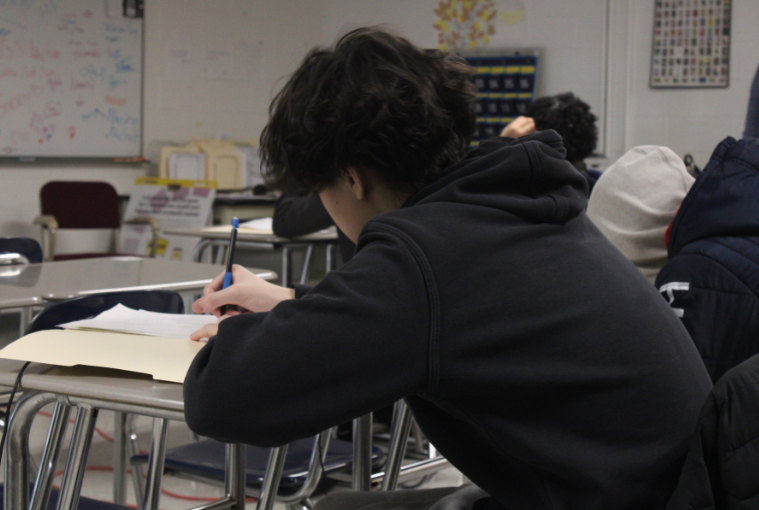
Explaining what he thought would be a more viable and successful solution, Conti described, “I think letting students pick their teachers is one that is incredibly important… I think the teacher would know the students the best and know what they enjoy doing or what they can do to better themselves instead of relying on a basic slide deck, which doesn’t truly explore any individual ideas.”
It also appears to be a common agreement that not only are some students’ Advisory classes uncomfortable, but that they prefer having time to work on their assignments and select specific Enrichment and Joy sessions, an option they were given last year. Tong continued, “I can’t really focus as much because I haven’t gotten time to just rest. Joy and Enrichment—it was not only a time to rest, but… when we had things for JVs we would practice; I would practice band, I would practice my hobbies, I would draw, I [would] do a lot of things.”
“I think if Advisory was just a free study, it’d be better,” Sathler remarked.
Federico shared similar thoughts, “I think a restructuring would be good, where kids can go to a teacher if they need help from that teacher, and there’s more flexibility and you’re not locked into talking about your feelings. It’s kind of hard when it’s 10 in the morning; not a lot of people want to talk.”
In response to these opinions, Principal Christopher Mastrangelo described, “We actually had a conversation about this during my advisory today, and some of the kids said the same thing. I think both schedules bring with it limitations and positives. I think it’s up to us to now kind of listen, to look at both and create maybe a third version that meets both sides.”
Regarding the lack of uniformity among Advisory classes, Conti also commented that he thinks the unequal enforcement “creates distress among students. I also think that it is unfair. You’ll see certain students have this extra period to do work or have really meaningful conversations with their friends, and then you’ll have these other teachers who are more strict and you won’t have that opportunity,” he continued, highlighting a lack of meaningful interactions between students across different Advisories.
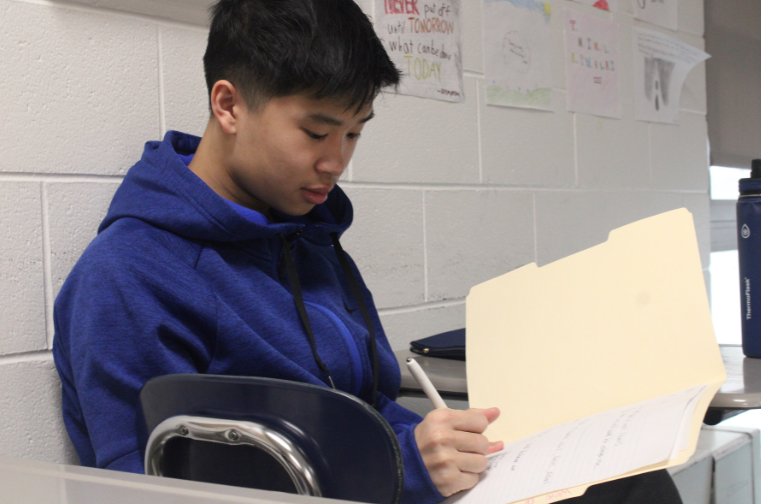
“As far as teachers not doing it, I think a lack of consistency is not great. If we’re going to do it, we [all] might as well do it,” Tivnan maintained.
“Everybody needs to be on board and do it the same way. That’s a professional responsibility,” Mastrangelo stated.
For science teacher Julie Grillon, Advisory had been moving relatively smoothly, and she enjoyed regularly meeting and staying with one group of students for the duration of the year.
Grillon, who described that she knows several students and teachers who have described a varying degree of participation, still believes that in comparison to last year, “there’s a little more accountability. Especially [with] having Joy every other day, kids really didn’t go to that and they really didn’t go to Enrichment.” She explained that she was sure there are also students in the hallways during Advisory, “but it doesn’t seem to be as many kids walking by my door as they did during Enrichment.”
It seems that the amount of students in the hallway varies between houses and floors. In stark contrast to Grillon’s observations, Tivnan reported that this year, “the halls seem worse to me… it’s this constant flow of people going by here.”
Federico mirrored these thoughts. “This year is pretty bad because you have kids not wanting to participate… I mean, a lot of this [is because] we’re understaffed… and [staff members] have their own advisories,” he noted. “Last year we probably had way more teachers patrolling the hallways. I walk in Boyle [on the] second [and] third floor and it’s chaotic.”
His class being on the third floor of Boyle, Tivnan criticized the lack of enforcement: “I just think it’s too lenient. There’s no real consequence. If you didn’t go to Advisory and Joy and you knew that you would have an hour detention after school every time you skipped it, and you’re going to lose credit, maybe they would come. But most kids, they’re not getting those consequences.”
Despite their differing opinions on its success, Tivnan and Grillon both agreed that “it’s nice to get to meet other kids that [they] wouldn’t necessarily have or don’t have in class,” as Grillon stated.
Both teachers also spoke positively about meeting with students one-on-one during academic advising, as Tivnan thought it was beneficial to prepare and guide students. Grillon also applied what she learned during academic advising—about why kids have been struggling in certain classes and what goes on in the rest of the building—back to her classroom, implementing her own support policies and recommendations based on what her Advisory students shared with her.
“I think looking forward to next year, getting some student input and feedback would be great,” Grillon suggested. She noted that as the year went on, it seemed that students had been getting more and more stressed with their grades, causing less participation compared to the start of the year.
“A lot of times they’re working… just making it meaningful to them would probably help with participation,” corroborating with what Conti had stated earlier.
When asked what he thought could be improved, Tivnan suggested reducing the program’s frequency. “Having 90 minutes every other day essentially, for a lot of kids to have an excuse to not go to class and have them roam the halls, it’s not good.”
Spanish teacher Diane Brookes also commented, “it is beneficial, it is effective,” but, similar to Tivnan, she pointed out that the program’s frequency can cause it to lose its appeal and effectiveness.
Tivnan proposed having students come in once a week for half an hour after Morning Meeting to check in and have a circle focused on just one question.
In terms of improvement, Tong suggested involving more student choice, corroborating on the statements of the other students: “Maybe bring the old system back to saying why make it into something better and something where we can actually choose some—more student choice… but I do understand and recognize that the last system was very disorganized.”
In response to the varying judgments received by the program, Mastrangelo reflected, “I think it’s new and it’s different. And of course, there’s going to be some things that are less than ideal and less than perfect. But I think that the overall philosophy and message is going really well. It’s new, so we’re still trying… We’re currently looking at what we can improve, what we could change, what we could add, what we can eliminate to make it better.”
The new curriculum is in the planning stages for the 2024-2025 school year in hopes of building on the skills already developed this year.
Though “it’s too early to say,” Mastrangelo described that the advisory committee is considering modifying the length of Advisory, as well as its frequency. “We’re looking at all aspects. We’re looking at the survey results from the kids, and we’re listening to see if we can kind of frame and set up for next year to make it even better.”
Regarding future goals, the committee aspires to introduce a service component that would incorporate long-term projects; Advisory groups would be able to decide on something they would like to pursue, including taking a field trip, creating a fundraiser, or fulfilling some other service project. The committee also looks to implement college and career planning lessons for upperclassmen.
“We are serving the students multiple times during the year to get your feedback so that we can make adjustments,” Clapp shared. At the end of each quarter, a survey will be distributed to gauge opinions on Advisory.
“The team looks at it—the advisory team—to get the feeling. I was reading through some of the reactions already today, and then we tried to compile what consensus is, and what some of the suggestions are, and we try to figure if there’s a way that we can adjust,” Mastrangelo explained.
As this second quarter comes to a close, be on the lookout for the survey in the coming days.

